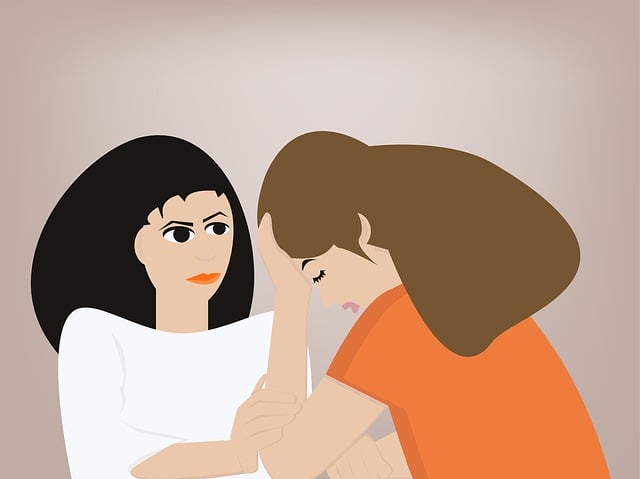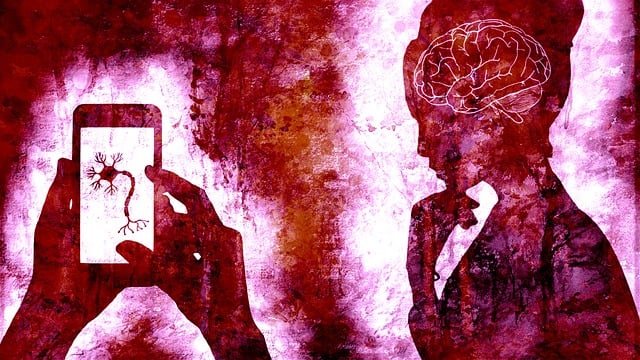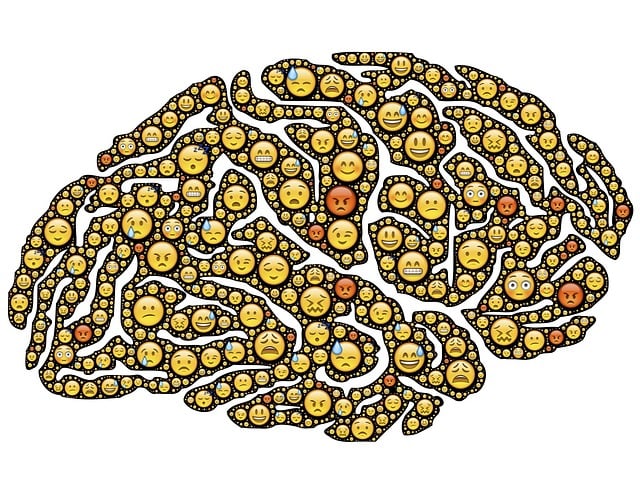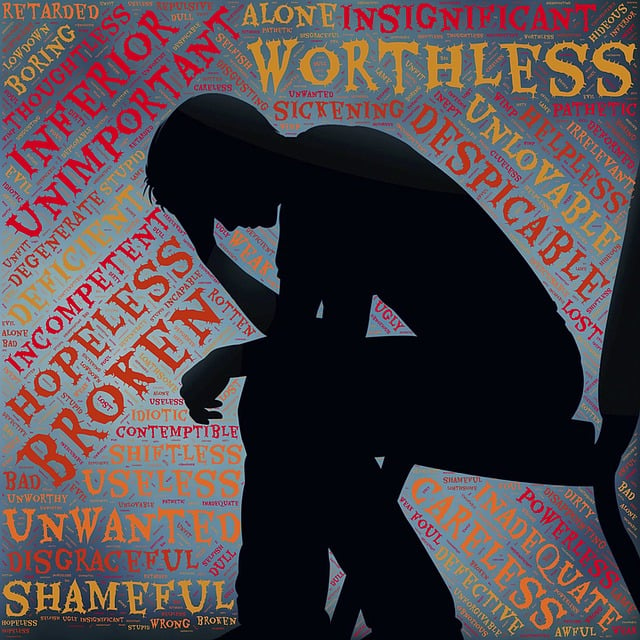Bipolar disorder in children presents extreme mood swings, demanding early intervention through specialized therapy for young children bipolar disorder. Public awareness campaigns educate the public about recognizing symptoms and reducing stigma, encouraging early therapy. Educational materials for parents use simple language, visuals, and mindfulness strategies to help identify signs and foster a supportive home environment. Overcoming mental health stigmas normalizes conversations and promotes empathy, creating communities that support children with bipolar disorder through therapy for young children bipolar disorder and coping skills development.
Public awareness campaigns play a pivotal role in addressing mental health issues like Bipolar Disorder in young children. This article delves into the multifaceted approach to raising visibility, challenging stigma, and fostering supportive communities. We explore critical components such as understanding the disorder, designing effective educational materials for parents and caregivers, and implementing strategies that promote early intervention and therapy for young children diagnosed with Bipolar Disorder.
- Understanding Bipolar Disorder in Children: Unveiling the Challenges
- The Role of Public Awareness Campaigns in Raising Visibility
- Designing Effective Educational Materials for Parents and Caregivers
- Strategies to Overcome Stigma and Foster Supportive Communities
Understanding Bipolar Disorder in Children: Unveiling the Challenges

Bipolar disorder in children is a complex mental health condition that presents unique challenges for both the young individuals affected and their families. Recognizing and understanding this disorder is crucial as it enables early intervention, which is key to managing symptoms effectively. Children with bipolar disorder often experience extreme mood swings, ranging from manic episodes characterized by elevated energy and euphoria to depressive periods marked by sadness and loss of interest in activities they once enjoyed. These shifts can be intense and frequent, impacting a child’s ability to regulate their emotions and maintain stability.
The development of emotional regulation skills and cultivating emotional intelligence are essential components in supporting these young minds. Therapy for bipolar disorder in children often focuses on teaching them strategies to identify and manage their emotional states. This includes fostering healthy coping mechanisms, enhancing self-awareness, and promoting stress management techniques. By addressing these aspects, therapists aim to prevent burnout and support the child’s overall well-being, ensuring they can navigate the challenges of bipolar disorder with increased resilience.
The Role of Public Awareness Campaigns in Raising Visibility

Public awareness campaigns play a pivotal role in shedding light on mental health issues, particularly for young children diagnosed with bipolar disorder. By implementing creative strategies and engaging content, these campaigns aim to raise visibility, reduce stigma, and encourage early intervention. Through various media platforms, they convey essential messages about recognizing symptoms, understanding the condition, and promoting self-care practices tailored for both children and their families.
Focusing on bipolar disorder in youth, these initiatives often highlight the importance of emotional regulation and trauma support services. By educating the public, they foster an environment where affected individuals feel less isolated and more empowered to seek help. Ultimately, increased awareness can lead to better access to therapy and improved outcomes for young people navigating this complex mental health challenge.
Designing Effective Educational Materials for Parents and Caregivers

Designing educational materials for parents and caregivers plays a pivotal role in raising awareness about mental health conditions like bipolar disorder in young children. These resources should be comprehensive, easily understandable, and engaging to ensure effective learning. Incorporate simple language, vivid examples, and relatable scenarios to help parents recognize early signs of bipolar disorder in their children. Visual aids, infographics, and interactive elements can significantly enhance comprehension, making complex information more accessible.
By integrating mindfulness meditation techniques and emotional intelligence strategies into these materials, caregivers can learn practical burnout prevention strategies for themselves while equipping them to nurture their child’s mental well-being. This holistic approach not only educates parents about bipolar disorder but also equips them with tools to foster a supportive environment at home, complementing professional therapy for young children with bipolar disorder.
Strategies to Overcome Stigma and Foster Supportive Communities

Overcoming stigma associated with mental health conditions is a pivotal step in creating supportive communities. Public awareness campaigns play a crucial role in education and dispelling myths surrounding conditions like Bipolar Disorder in children. By normalizing conversations about mental health, these campaigns foster an environment where parents and caregivers are more inclined to seek support for their young ones. Early intervention is vital; therapy and coping skills development tailored for young children can significantly improve outcomes.
Integrating practices such as compassion cultivation into educational curricula or community programs can further enhance understanding and empathy. Encouraging self-care routine development for better mental health empowers individuals to take charge of their well-being. Ultimately, these strategies work synergistically to create a more accepting society where children with Bipolar Disorder receive the necessary support and care.
Public awareness campaigns play a pivotal role in shaping perceptions of bipolar disorder in young children. By educating parents, caregivers, and communities, these initiatives foster understanding, reduce stigma, and create supportive environments. Through evidence-based strategies and accessible educational materials, we can ensure that more families are equipped to recognize symptoms and seek appropriate therapy for young children with bipolar disorder. This collective effort not only enhances early intervention but also paves the way for improved outcomes and a brighter future for affected individuals.














